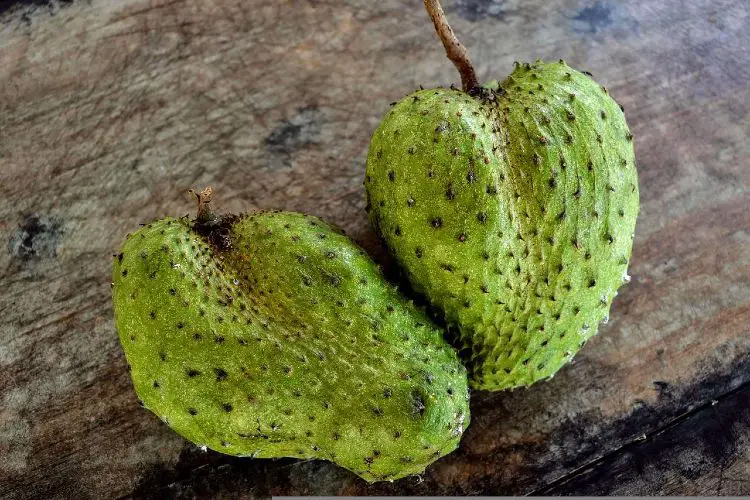SEO Management for Foodies
Are you a food and drink producer, purveyor, blogger or writer who needs Search Engine Optimization help and guidance? We asked Mark Glynne-Jones, the Managing Director of Jump To! Multimedia Consultancy company in Oxfordshire, to tell The Foodie Bugle readers what his top ten hints and tips are for ensuring that your website and brand get the online attention they deserve. Here is what he told us.
When it comes to the popularity of subjects discussed online search terms are all telling. The ‘Big Five’ terms that have been consistently searched for since Google was first created are “Facebook”, “YouTube”, “Yahoo”, “Google” and “Sex”.
There is however one keyword term that’s continued to rise through the ranks year on year, increasing in popularity and since 2004 has been discussed online an average of 1.5 million times a day; SEO or Search Engine Optimisation.
With the ever increasing use of the internet, accessed via mobile devices, smart phones, laptops and the like, businesses are increasingly aware of the need to be visible consistently and reliably in search results in order to be recognised online. Whilst still viewed by many as a ‘black art’ the single most important factor when looking at any form of SEO is content. Plain and simple: content rules the web.
When it comes to trying to determine basic SEO practices which can make all the difference between a site’s success or failure the world of search engine optimisation is riddled with generality and inconsistency. By observing some simple, yet highly effective common-sense principles, it’s possible to give your site a fighting chance.
1 – Content is king
Make your web pages interesting – give foodie people a reason to visit your blog or website in the first place and then keep coming back. Above all, ensure that you fill the site with unique and engaging content about your particular product, restaurant, cookery school, shop or recipe – the more original content you have, the better. Write articles, start a blog, be ‘unique’ wherever possible. Don’t over-do it. If your content is pertinent, well written and useful to food and drink buyers, food writers, journalists, cook book publishers or whoever you wish to attract, you’ll see hit rates and repeat visits increase and bounce rates reduce. All the SEO tricks in the world won’t make up for poor content.
2 – Keywords
You already know your specialist food and drink market but do you know specifically what terms they search for with the highest frequency? To ensure the keywords you choose to target are both relevant and frequently searched for you can make use of free resources such as Google’s Webmaster Tools. Ensure the keywords you’re focussing on relate to the topic found on your site – one keyword focus per subject, per page. Don’t try to artificially increase keyword density (Google will spot it!) – include keywords within copy but ensure that their inclusion is pertinent to the subject matter.
3 – Inbound Links
Inbound links from food and drink websites and blogs add authority to your website and play a big part in search engine ranking. Search engines pay a lot of attention to the links pointing to your site. The more relevant the links to a page, the more findable the page becomes. Don’t go mad and don’t link to anything irrelevant. Submit to pertinent, reputable listings sites that you know your peers in the food and drink or blogging community are following (read their comments on Twitter) and avoid submitting to anything that promises to increase traffic. One of the most effective methods of increasing pertinent inbound links is to engage in conversation on related foodie community sites, commenting on blogs and forums, most of which allow you to either display your URL or will link to it from your username.
4 – Title Tags
Every page within your site should have a title which includes the site name and description of the page – no more than 55 characters in total. Include a keyword where possible and remember that when appearing in search results it should communicate a clear reason to click on it – you’re writing for people who are interested in food and drink and not search engines so keep it succinct and engaging!
5 – Headings
Headers and sub-heads are not only useful for clarity of layout but search engines also reference them in order to define the content of a page. Most important sections of a page should be H1 and H2 and then smaller, less pertinent headlines should be H3/H4. Make sure your headlines are marked-up correctly and stay relevant to the content that follows.
6 – Social Bookmarking
Social bookmarking is beneficial for search engines as well as for site visitors. Unlike browser bookmarks, social bookmarks are saved online. Too many external links devalue all the links on a page though so make those social bookmarking icons ‘nofollows’ (instructs search engines not to follow the link away from your site).
7 – Duplicate Content
Don’t think that it’ll be simpler and more straightforward to copy and paste content from another food and drink site or online food magazine or blog, Be unique, write it yourself or failing that, employ the services of a professional copywriter. Duplicated content can be detected and both site owners and search engines view it as a no-no.
8 – The Code
Now the technical part for web designers. The HTML should follow the general ‘flow’ of your page – navigation first, followed by the H1 tag, then the first paragraph and so on and so forth. Use UL for lists, P for paragraphs, H tags for heads and subheads, and STRONG for bolded text. Your site can still be both well designed and interesting, that’s what CSS is for. Don’t use tables on inline styling. Use external CSS applied to div classes (and ids where necessary). Flash: use sparingly if at all. Although there are ways to make Flash content searchable, these techniques are limited so sites built solely with Flash tend to rank poorly in comparison.
9 – Meta Tags
Search engines are designed to supply the content that people are searching for, meaning that the best way to ensure your site appears in search results is to structure your content for people. Provide site visitors with a site that is instinctively easy to use and full of pertinent, engaging content. Do that and the search engines will find you and rank accordingly. You don’t need to cram thousands of keyword terms into meta name = “keywords”.
10 – Submissions
Don’t waste your time submitting to hundreds of search engines. Despite the promises made by some agencies (“We will submit to XX number of search engines for ££’s…”) all you really need is a link from an already indexed page.


